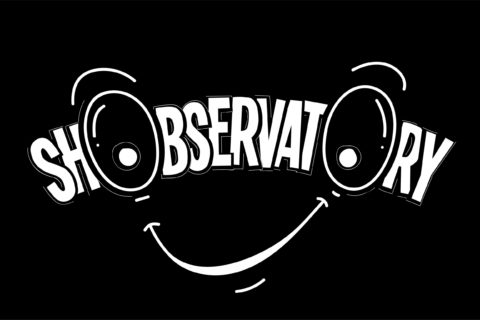Working from home it’s hard not to feel like you are in a bubble. A lot of people have felt lonely and lost a sense of their presence within the world. Nature goes on past your window, birds sing. The sun also rises. Meanwhile you operate in a different, liminal zone. So, it’s doubly hard to make strong connections with the world of work.
Many insights professionals struggle to get engagement and traction with their communications for clients and internal audiences at the best of times. But with the added layer of COVID-19 to cut through, the challenge may seem insurmountable. How can a lone insight manager, armed with a laptop and a possibly unreliable internet connection, ensure their work continues to have resonance, impact and influence? And what can we learn from these difficult times that we can take forward into the post COVID future?
Have the principles of communication changed? No. The principles are probably even more important and will remain so – know and target to your audience, be consistent, be clear and concise, be different, listen, live your brand…all these are the foundations of good communication.
But to ensure our messages hit home (literally), here are four things we have learnt from lockdown that will improve our communications in the future.
1. Tone of voice
If you haven’t sorted this out yet, do it now! You need to ensure you have established what you look and sound like, how you come across to your audience. Given the COVID situation, many companies struggled to pivot from ‘sales mode’ to ‘human mode’ in their comms. It is very easy to come across as callous, disengaged, greedy and deaf when your audience is anxious and hypersensitive. But my learning from COVID is that we should always think of our audience as anxious and hypersensitive and communicate in a way that is truly thoughtful and engaging all the time.
So, my first lesson is to look at how you write, the language and words you use and how you want to be received….and establish some ‘rules’ for your tone of voice which you can share with colleagues. This should of course fit with your brand and your values and provide a clear and easy reference point for all comms moving forward.
2. Take (More) Face Time
One major lesson we have learnt from WFH is how very important it is to schedule time with clients and colleagues. In my company we have been having more formalised meetings and catch ups than when we were all working in a building together. Like many companies, we have lost the water cooler moments but have replaced them with frequent short MS Teams meetings and social catch ups, which have actually meant we talk and share more than before.
For clients or stakeholder audiences if you have not got a formalised feedback process in place, then now is a good time to reach out personally and informally, to listen and engage. Always remember the ‘two ears, one mouth rule’. Communicate in proportion, and you will make a good start.
But above all remember the vital importance of face time. In future we will never have a phone call when we can have a video call. We should always ask people to put their video on and enable video calls, (even if you are in pyjamas under the desk!). Keep your face visible even if you are sharing slides/presenting and keep the dialogue box open. Don’t talk at the screen, talk with your audience.
Above all, lockdown has (ironically) opened us up, and reminded us of the importance of talking, listening, sharing and connecting with other humans.
3. Less is more
Many researchers don’t know what ‘short’ means. But one lesson insight communicators should learn from lockdown is that we should trim our emails, reports and videos. In lockdown we’ve been fighting with other media and the constant distracting flow of COVID news while also trying to communicate with an audience that is under more time pressure, even more stressed and finding it hard to focus. So, give yourself and them a break.
Identify your core message or hook and focus 100% on that. Make your headlines rhetorical, punchy and engaging. Cut the vox pops, data charts and copy; just focus on the core idea. Take out all superlatives and extraneous words from your text. Use active verbs, short sentences and concrete terms. If you are running meetings or events, remember that although we’re all at home, it doesn’t mean that we have nothing to do. Stick to the timeframe that you’ve indicated. Keep it short and varied. Mix up content so you have a range of interviews, panels, and presentations.
Finally, as you sit in your home office bubble sweating over your 50 slide PPT report, it might be tempting to attach it to a short email and send it off to your excitedly waiting audience. Phew! Job done. But remember, never email the PPT report. Be kind to your audience. Don’t expect them to do the work. Write a short story, create a single image of your insight or just send one chart. This was true before, is even more true now and will continue to be true in the future.
When it comes to communicating insights, less will always be more and if we all learn to be brief and to the point as a result of the Coronavirus, it will have done us a big favour.
4. Pivot
Do something original, new and different. Without using the over-used word ‘agile’ (oh, shoot), anyone who has not adapted their communication strategy and channels during lockdown may well be in for a nasty wake-up call. There have been many examples of companies launching new ‘lite’ offers, reaching out to new audiences or trying out podcasts and digital events.
If these uncertain times have taught us anything it is that change is to be embraced, and we should continuously seek opportunities to improve, seek out new channels and adopt new ideas.


